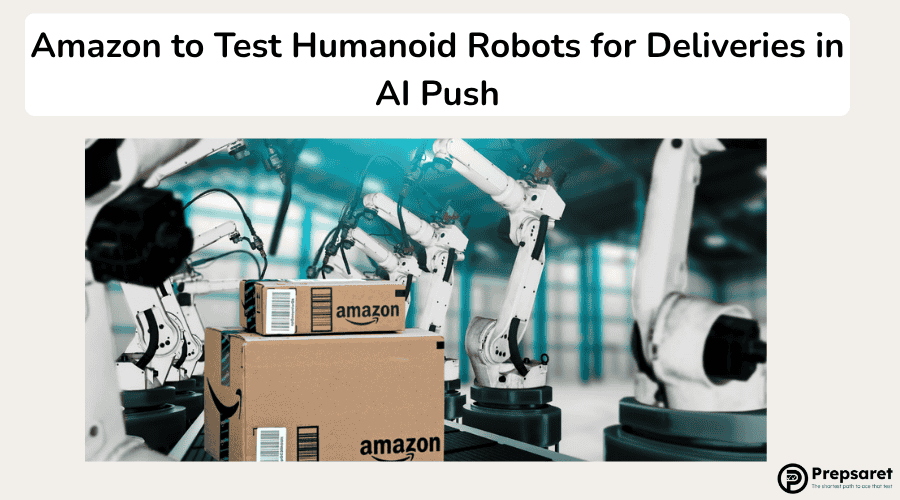Highlights:
- Amazon is developing and testing humanoid robots to assist with last-mile delivery, potentially reshaping the logistics industry.
- The initiative is part of a broader strategy to integrate artificial intelligence across Amazon’s operations, from warehouses to delivery mapping.
- Humanoid robots are being trained at a dedicated “humanoid park” in San Francisco.
- While the innovation may raise concerns about job displacement, experts suggest new roles will emerge in robot management and AI systems.
- Amazon joins a growing global market for humanoid robotics, alongside Tesla, Figure AI, and Agility Robotics.
Amazon’s Delivery Robots Take Shape
Amazon is moving forward with plans to use humanoid robots for home deliveries. These robots are currently being trained at a facility called the “humanoid park” in San Francisco, where they practice navigating real-life delivery situations. This development could change how Amazon handles deliveries in the near future.
AI Driving Smarter Logistics
As part of a wider effort to modernize its logistics network, Amazon is embedding artificial intelligence into various aspects of its operations. These include AI-powered systems for warehouse robots, smarter delivery route planning, and better inventory management.
The company’s AI teams are working on advanced models that allow robots to understand instructions, make decisions, and act independently—all in real time.
Other Companies in the Robot Race
Amazon isn’t alone in developing humanoid robots. Companies like Tesla, Figure AI, and Agility Robotics are also working on similar technologies for factories and logistics. Experts predict that the humanoid robot market could be worth over $20 billion by 2030.
Find Out: Does Amazon Test for Weed?
Will Robots Replace Human Jobs?
With robots taking on more delivery and warehouse tasks, concerns about job loss are increasing. However, experts believe this transformation will also bring new career paths.
These include roles in robot maintenance, safety supervision, AI system monitoring, and data training. Rather than replacing workers entirely, the aim is to create collaboration between humans and machines while ensuring workers are supported and retrained for the future.
Also in the news:

